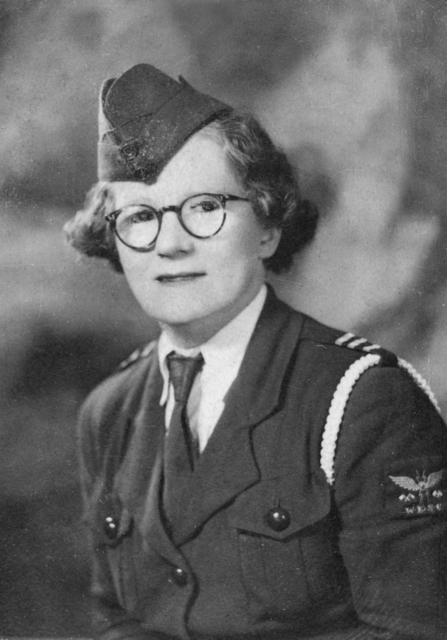About Florence Violet McKenzie:

By Women’s Emergency Signallers Corps (WESC) – This tag does not indicate the copyright status of the attached work. A normal copyright tag is still required. See Commons:Licensing for more information., Public Domain, https://commons.wikimedia.org/w/index.php?curid=17325625
Profile from The Dictionary of Sydney Website
Born in 1890, Florence Violet McKenzie (nee Wallace) became fascinated by electricity at a young age, playing with batteries and light globes. After graduating from Sydney Girls’ High School, Florence tried to study for a diploma of electrical engineering at the Sydney Technical College at Ultimo, but was told she couldn’t enrol unless she was working in the trade. So she printed some business cards, scanned the newspapers for electrical jobs, scored a contract in Sydney’s west, and returned to the college with the proof. She was duly enrolled and became Australia’s first female electrical engineer when she graduated in December 1923. Her diploma is held in the collection of the Powerhouse Museum.
In 1922 Violet, as she was known, opened The Wireless Shop in the Royal Arcade and later published The Wireless Weekly with three other collaborators. The Wireless Shop was the place to be for Sydney’s radio experiments and hobbyists. At this time she also became the first Australian woman to take out an amateur radio operator’s license, and she was also the first female member of the Wireless Institute of Australia.
In the 1930s McKenzie turned her attention increasingly to teaching other women about electricity and radio. She embraced electricity whole-heartedly, believing that electricity could save women from domestic drudgery. To this end she founded the Electrical Association for Women in 1934. Two years later she compiled the first “all-electric cookbook”
McKenzie is best known for her volunteer war effort. She set up a signal instruction school, the Women’s Emergency Signalling Corps, initially for women to teach them telegraphy so that they could replace men in this reserved civilian occupation. But such were Mrs Mac’s teaching skills, that during World War Two over 12,000 servicemen were also trained in morse code. The training of female telegraphists ultimately led to the establishment of the Women’s Royal Australian Naval Service – the WRANS.
We have a lot to thank Mrs Mac for. She was a talented and strong woman, who led by example, and used her abilities to transform the lives of thousands of people. While she would never have called herself a feminist, she worked tirelessly to educate and train women and improve their everyday domestic lives. To the end she was proud of the contribution she made to women’s technical education. Two days before she died in 1982 she told a friend: “it is finished, and I have proved to them all that women can be as good as, or better than, men.”
